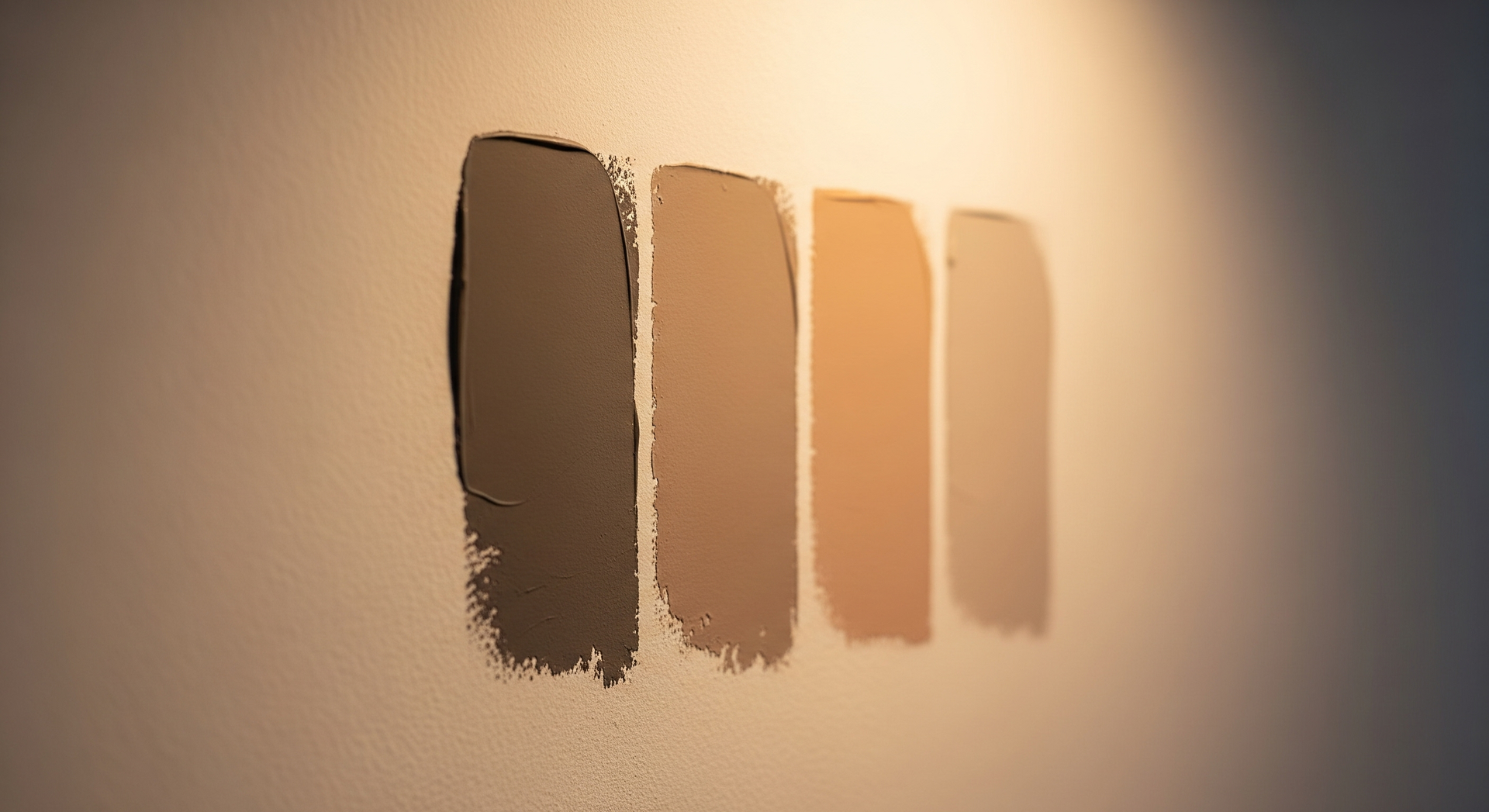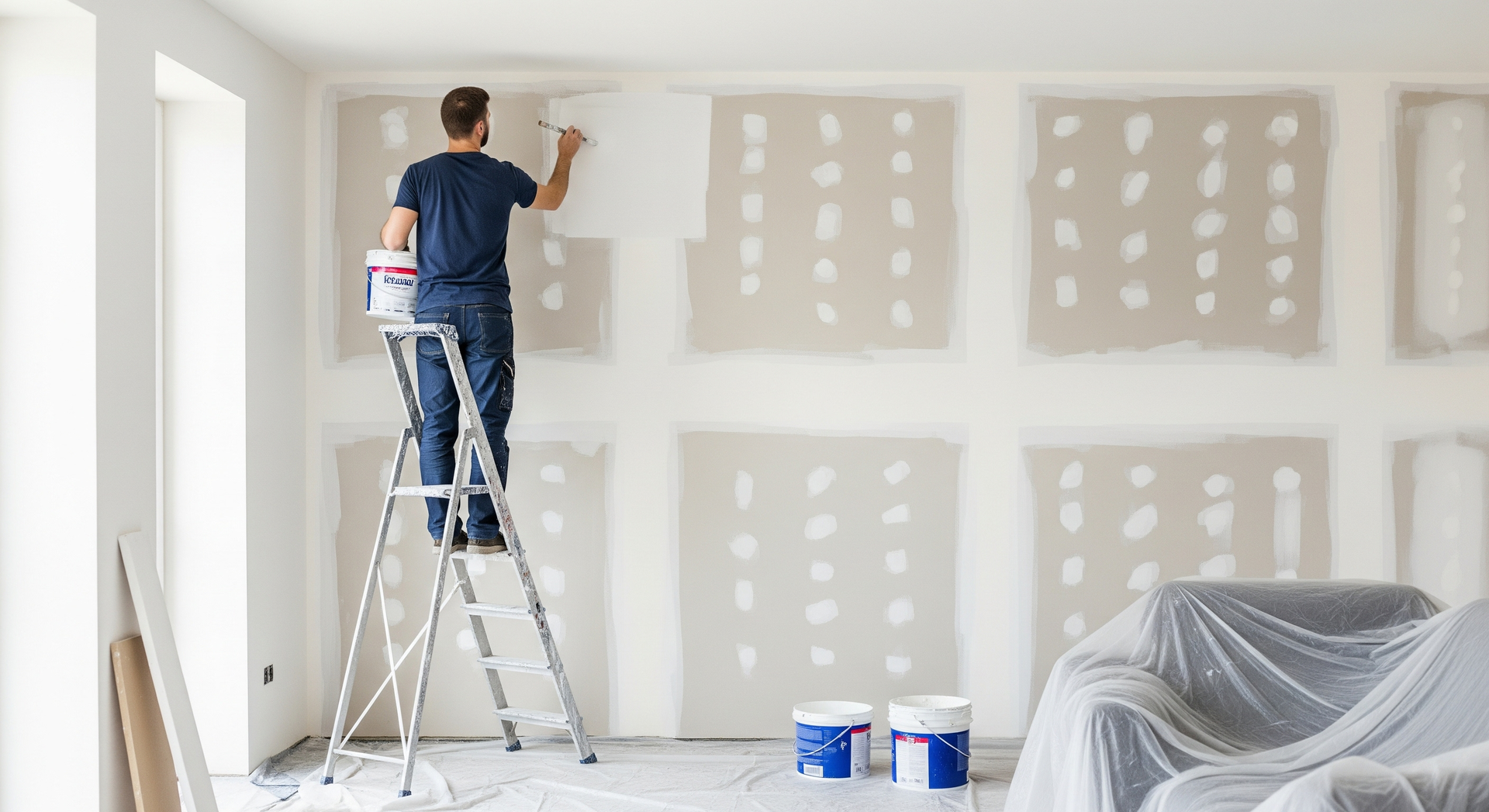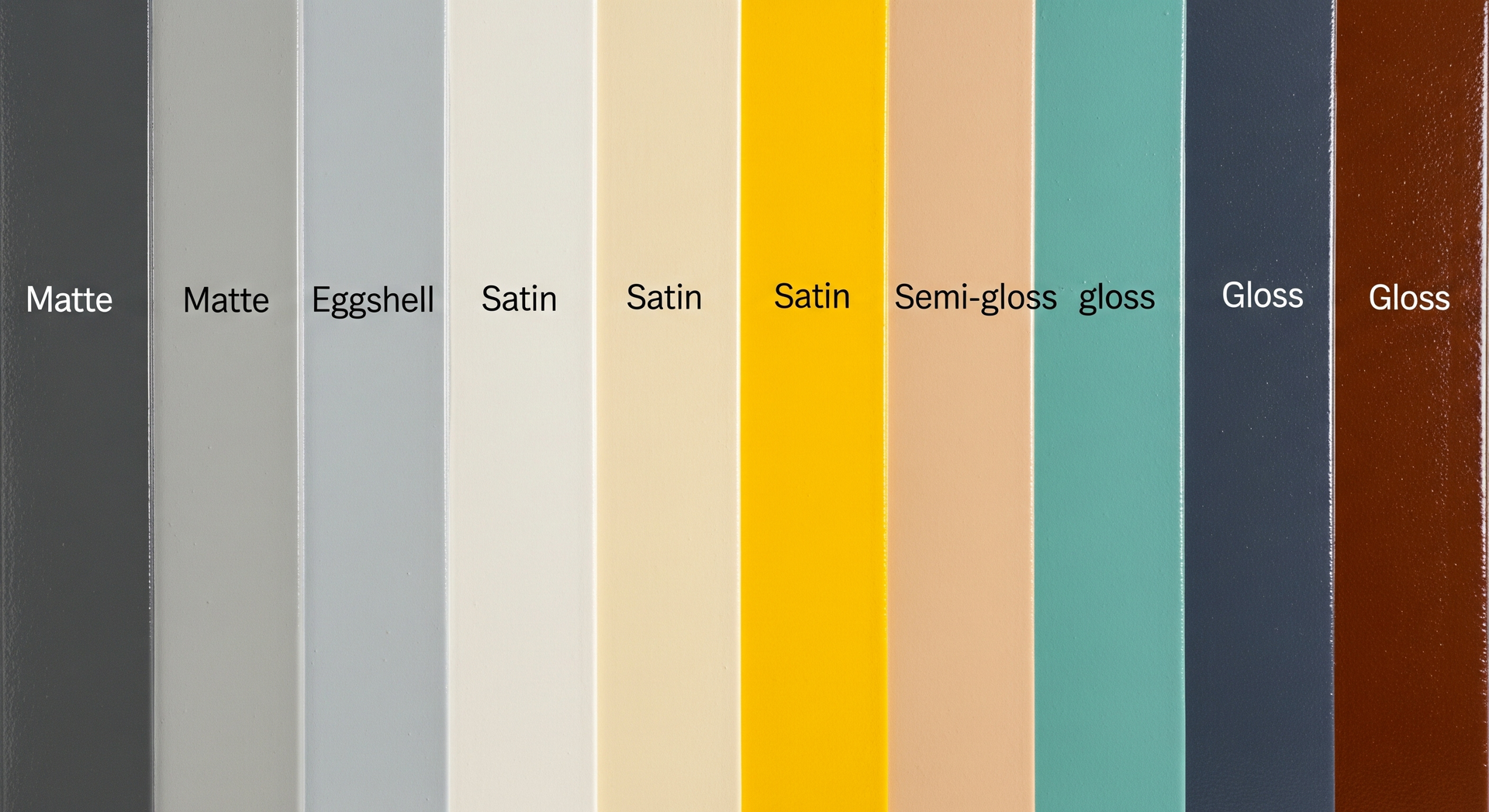Achieving the Right Paint Color: A 5-Step Guide
Understanding Lighting’s Impact on Color
Lighting plays a major role in how paint colors appear once they’re on the wall. Natural daylight, warm artificial bulbs, and even the direction your room faces (north, south, etc.) can dramatically shift the tone and depth of a color. Before committing to a shade, observe your paint samples in different lighting conditions throughout the day to make sure your chosen color stays true and creates the mood you want.

Test with Samples, Not Just Swatches
Never rely solely on a tiny paint chip. Buy small sample pots and paint test areas on your wall to see how the color looks in different lighting throughout the day. You’ll be surprised how lighting, shadows, and room direction can affect tone.

Consider the Undertones
Even neutral colors like white, beige, or gray can have warm or cool undertones. A gray with a blue undertone will look very different than one with a green undertone once it’s on your wall. Compare paint options side by side to spot subtle shifts.

Match with Existing Elements
Take your flooring, furniture, cabinetry, and lighting into account. A paint color may look great in isolation but clash with your current materials. Aim for a tone that complements your space’s fixed elements.

Don’t Skip the Primer
To achieve a true paint color especially if you're covering a darker or uneven base you’ll need a quality primer. It creates a blank, even surface, helping the final color appear more accurate and vibrant.

Choose the Right Finish
Paint finishes (matte, eggshell, satin, semi-gloss) can change how a color looks and how it wears. For example, glossier finishes reflect more light and may make colors appear slightly brighter. The right finish enhances both color and durability for the room’s purpose.

